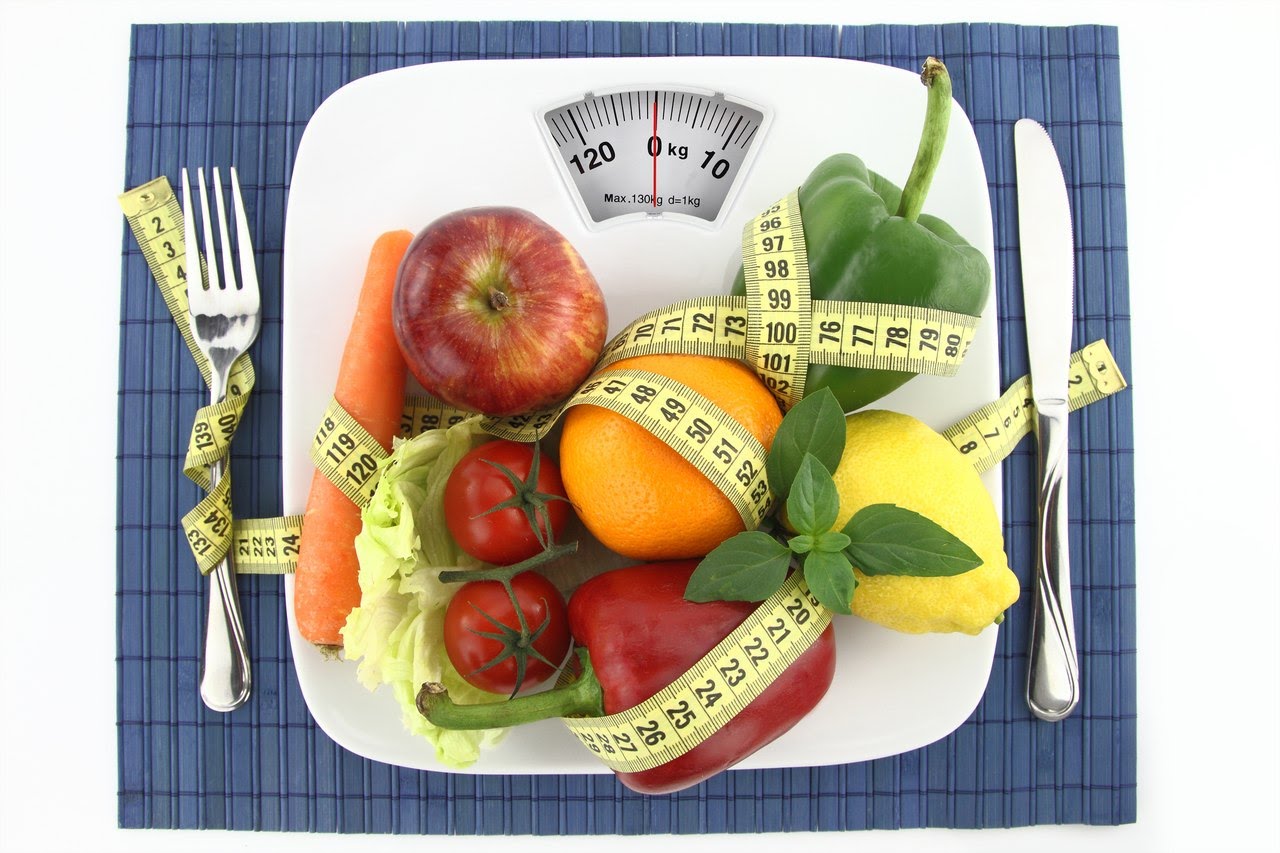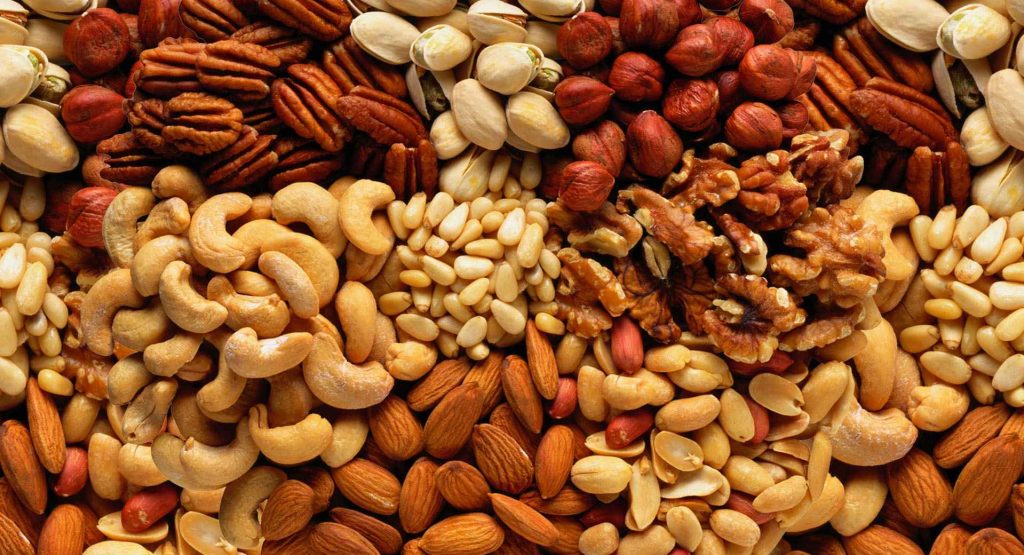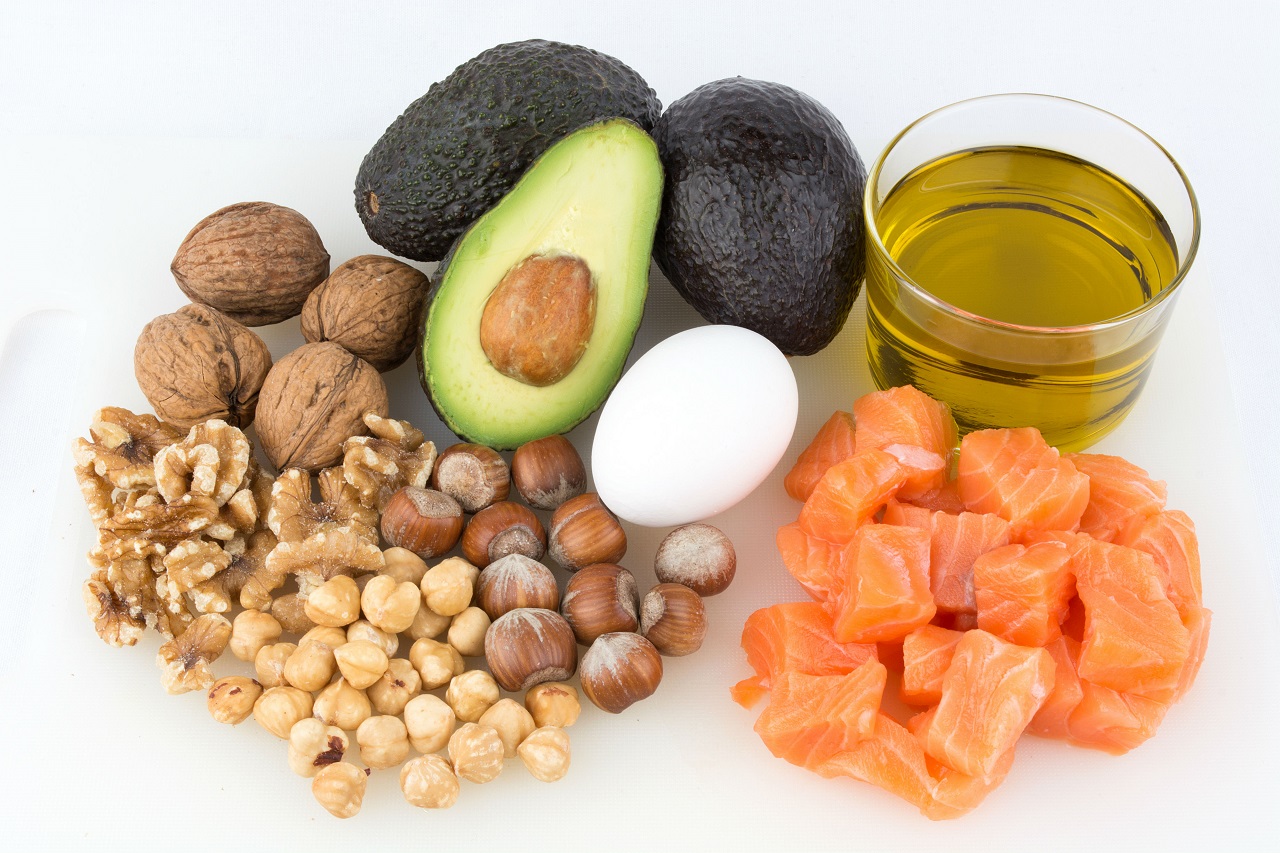The formula for proper weight loss - how to calculate the balance of BJU
Hello, friends. Popular belief says that in order to lose weight, you need to consume fewer calories and spend more.
However, you can drastically reduce their consumption, say, from 1600 to 900, but how to correctly calculate BJU for weight loss?
How competently will your diet be composed? After all, calories can be gained from anything, but this is not reasonable, because it is necessary to take into account the needs of the body. Today our conversation is about this.
Balance for health
Balance in nutrition is extremely important, without it, well, just nowhere. You can sit on kefir and apples, washing down bouts of hunger with water - but what will your body say to this? How much benefit will such a diet bring, and even if you keep it longer than one day?
So, to recover from heavy physical exertion (for example, training), you need to eat more protein.
To improve hair growth, maintain skin, nervous and hormonal systems in good order, you cannot do without healthy (saturated and unsaturated) fats.
And in order to constantly replenish our energy supply, we need carbohydrates.
Proteins, fats and carbohydrates are equally important for the body, but not in equal amounts. Nutrition should be precisely balanced, and this is important not only for weight loss.
The right balance helps:
- Improve digestion and speed up metabolism.
- Maintain visual appeal.
- Get rid of diseases and also prevent them.
- Maintain vigor and good health, give energy and strength.
I note right away that calorie restriction is not the only way out, often it’s not only and not so much in calories, but in their quality, which is discussed, in particular, in the article about.
But if your weight loss strategy is the arrival / consumption of calories, then you will have to clearly understand for yourself how exactly you need to calculate the proportions of proteins, fats, carbohydrates.
In search of the ideal
The norm adopted today is established by WHO, which recommends adhering to the following proportions:
1:1:4 (proteins, fats, carbohydrates)
In other words:
- protein - 1 g per 1 kg of body weight
- fat - 1g per 1.1kg
- carbohydrates - 4g per 1kg

Well, if you look at the percentage, then the balance, respectively, is as follows:
10-15% — 30-35% — 50-60%
However, for weight loss, according to fitness experts and nutritionists, this proportion is incorrect, since we are all different people.
I want to say, probably unexpected for someone: there is no ideal form for calculating the BJU ratio.
Everything is very individual here and depends on a number of factors, in particular, on your weight, gender, age, physical activity, and even the goal that you set for yourself. So how do you find the golden mean?
We set a goal
The very first thing that needs to be done is to decide on the goal that you are pursuing: are you going to lose weight, gain weight, or maybe you just intend to maintain the achieved shape.
Since, the norms of BZHU differ for different cases.

- First option 30/15-20/55-50
- Second option 30/30/40
To maintain balance and gain relief
- First option 40/20-25/40-35
- Second option 30/20/50
We count the calorie content of the diet
This will help determine how much energy a person receives by processing food.
And, having received the result, you will already know how approximately you should reduce the calorie content of food.
There are many formulas for calculating the required caloric content, as well as calculation. The simplest one I found looks like this:
Desired weight (kg) x 24
At the same time, a prerequisite for its use is the presence of excess weight of not more than 10 kg above the desired norm.
For example, a girl, weight 65, wants to lose 10 kg.

Calculation:
55x24 = 1320 kcal.
This will be the number of caloric content of the diet to which she will strive. If the excess weight exceeds 10 kg, the process can be divided into several stages.
From the initial figure, for example, 90 kg, first calculate the calorie content for a weight of 80 kg. Then, having reached the result, up to 70 kg, etc.
And by the way, for such a calculation, you can also use ours - it's simple and fast.
Setting the balance
Since we are now talking about losing weight, the tips here are as follows:
The balance should be something like this (bju):
- Option one: 40-50% - 30% - 20-25%
- Option two: 40-45% - 15-20% - 30-40%
And so that you have an accurate picture of the calculation of calories, here for clarity, the calorie content:
- in 1 g of protein - 4
- in 1 g of fat - 9
- in 1 g of carbohydrates - 4
Based on this, you can now figure out for yourself how to calculate the amount of BJU per day.
For example, the same girl with a weight of 65 kg and the required calorie intake of 1320 kcal
She will need (average the numbers from the options offered)
- 45% protein - from 1320 kcal is 594 kcal.
- 594 divided by 4 gives 149 g of protein per day.
- 25% fat - from 1320 kcal is 330 kcal
- 330 divided by 9 get 36 g of fat per day
- 30% carbohydrates - from 1320 kcal is 396 kcal
- 396 divided by 4 equals 100 g per day.
There are other calculation formulas, one of them is presented in this video:
BJU - filling rules
The quality of the calories you consume is one of the keys to successful weight loss. The substances necessary for maintaining health must be obtained from the right foods. What?
Proteins for weight loss
It is wrong to think that it is exclusively meat, fish, poultry, eggs, dairy products. Proteins can be of both animal and vegetable origin, while vegetable protein can be no less complete than animal protein.
So, vegetarians and all supporters of a healthy diet can take them in whole grains:
- cereals (priority barley, buckwheat, wheat, etc.)
- soy and soy products (e.g. tempeh, soy milk, tofu)
- legumes (chickpeas, beans, lentils)
- fruits, berries, greens, asparagus, broccoli

If you train, calculate the amount of protein 1.5-2g per kilogram of weight. At the same time, this norm is suitable for women, and for men it should be increased to 3g.
Fats for good
Fats are not at all harmful, but very useful. They are needed for a number of important things. This is energy for life, and the transportation of nutrients and the absorption of vitamins.
And many more necessary processes for life. The main thing is to know which ones to choose. I wrote about good fats in an article
The best ones are unsaturated, those that contain omega-3 and omega-6 fatty acids. You need to look for them in
- linseed, soybean, hemp, olive, sesame, corn oils
- unroasted nuts (sesame, hazelnuts, chia, almonds, pumpkin, cashews, walnuts, sunflower seeds)
- beans
- leafy greens
In addition, marine fish, such as herring, salmon, and mackerel, are rich in healthy fats.

Norm - 1 g of fat per 1 kg of weight
A spoonful of butter in a salad and a handful of seeds in porridge is a great way to provide the body with the right amount of good, not bad, cholesterol.
By the way, did you know that it is the presence of fats in the body that allows the formation of fatty acids, which, in turn, contribute to the breakdown of fat?
Carbohydrates needed and not
Here you need to clearly remember what they are:
Quick or Easy
all sorts of sweets such as chocolates and sweets, pastries, white bread, sweet soda, sweet fruits with a high GI (like banana, melon, grapes).
These are quickly digested, deposited as fat on the hips and waist, and soon after taking them, you are already hungry again.
Complex or long
This is exactly what we need - they bring a feeling of satiety. This includes cereals, vegetables, low and medium GI fruits, whole grain bread, premium pasta.
Their ratio in your daily allowance may be different, but it is recommended to start from the norm of 5g per 1 kg.

To determine the ratio of BJU as accurately as possible for yourself, consider
Your lifestyle
What kind of physical activity do you have, how active are you? Do not fool yourself and do not exaggerate or underestimate these figures.
body type
An important factor in both training and weight loss. For example, if you are an ectomorph (in other words, a skinny person with a minimum of muscle mass), then you need more carbohydrates. I wrote about this type of body structure in an article
And if an endomorph (with a large fat mass) - then more protein.
Body adaptation
Observe yourself for about 2-3 weeks - this is just the time that the body needs to adapt to a new diet.
If you feel that the result does not suit you, make changes, for example, increase / decrease the amount of proteins or carbohydrates.

What to remember
- The calculation of the daily norm of BJU is not a limitation. In this case, it is about self-control and achieving confidence in the quality of your nutrition.
- Remember that there are no magic formulas. All the above calculations are recommended to be taken not as instructions for action, but as a guideline for starting your own research on yourself.
- Consider all the circumstances that affect your personal needs: body type, ratio of muscle tissue to fat, sensitivity to certain types of food.
- Understand and accept your uniqueness. Yes, sometimes it seems unfair that skinny people can eat more carbohydrates than fat people. But this is a reality, from which one should start when calculating the balance of BJU.
- If it is difficult or unclear to you how to calculate everything, seek help from a professional. It can be either a nutritionist or a fitness instructor or just a familiar friend - an athlete.
In addition, remember that success in body shaping is achieved not only by creating a calorie deficit, but also through a balanced diet, physical activity and mental attitude.
Good luck to you and I look forward to your feedback in the comments to the article. See you soon!






